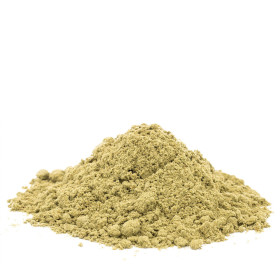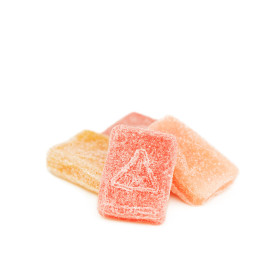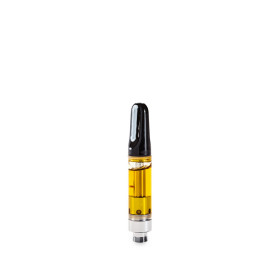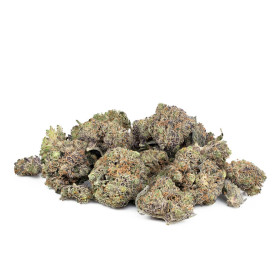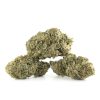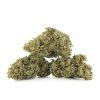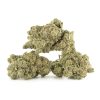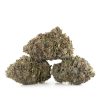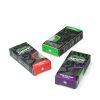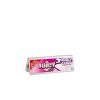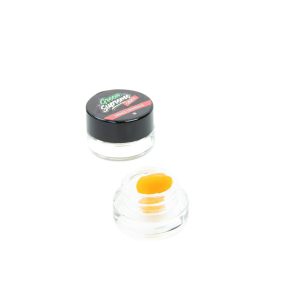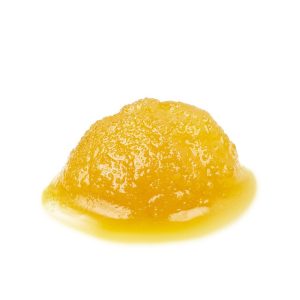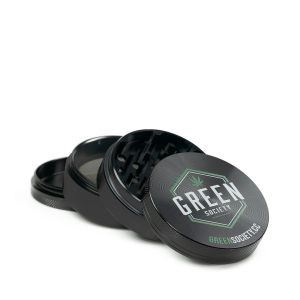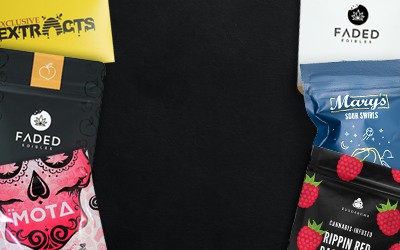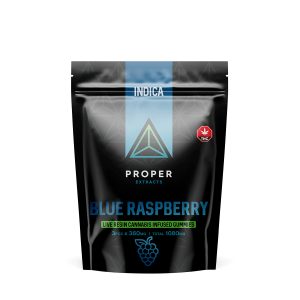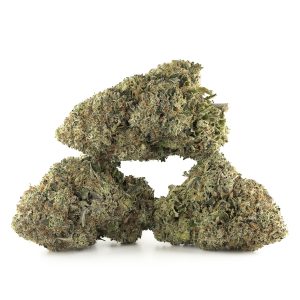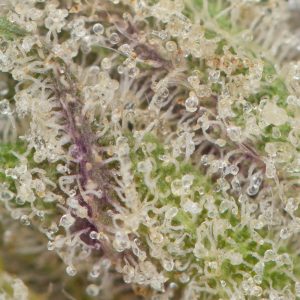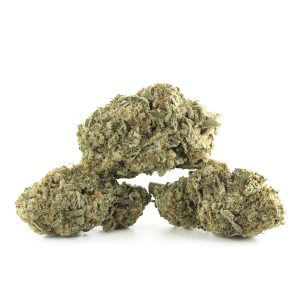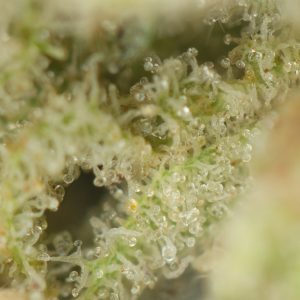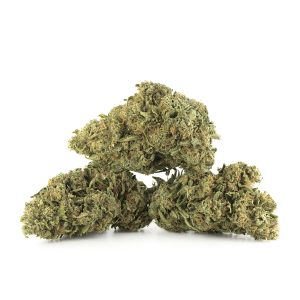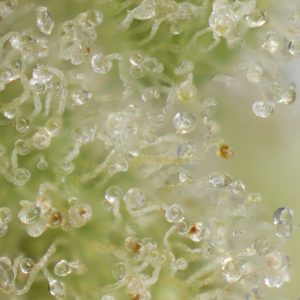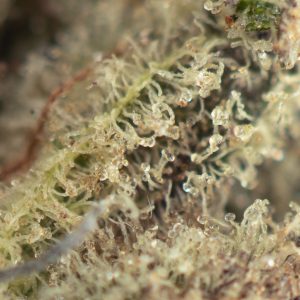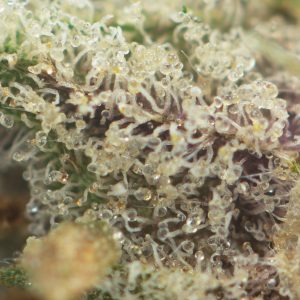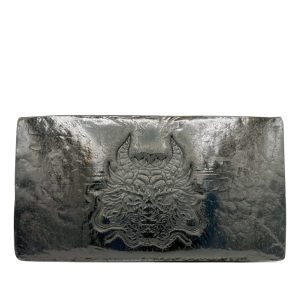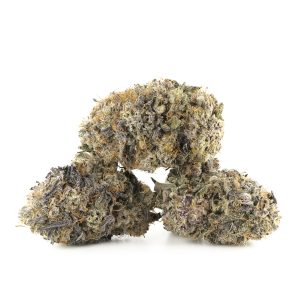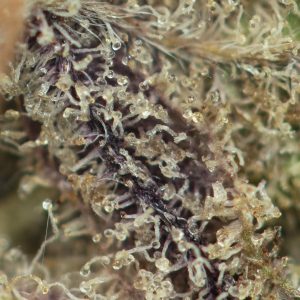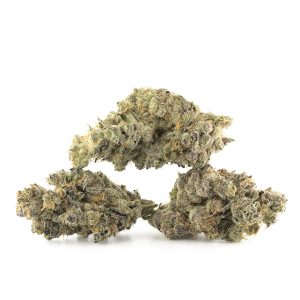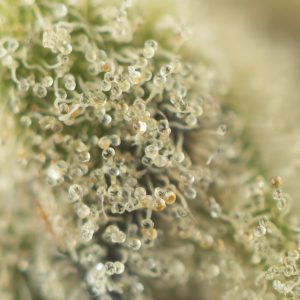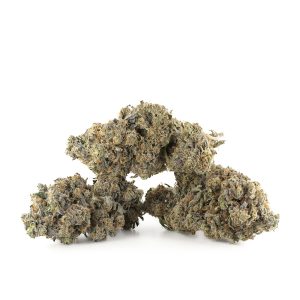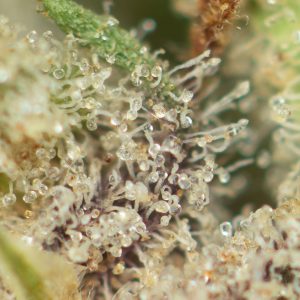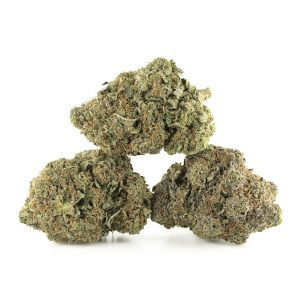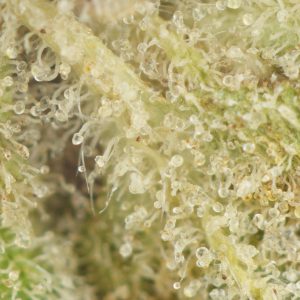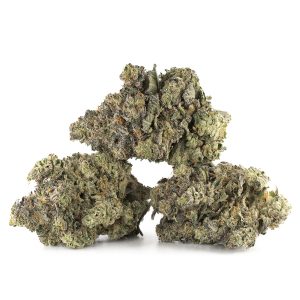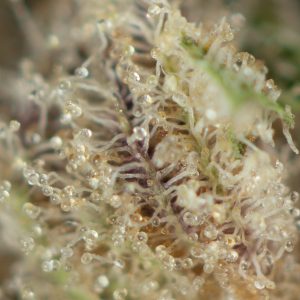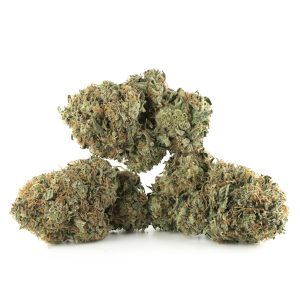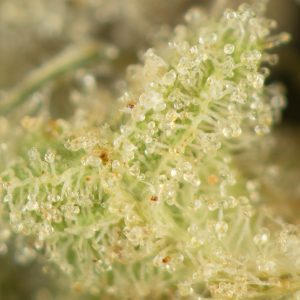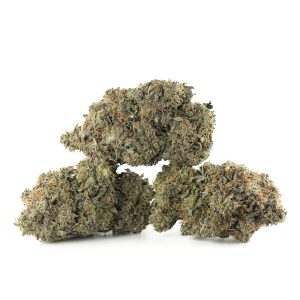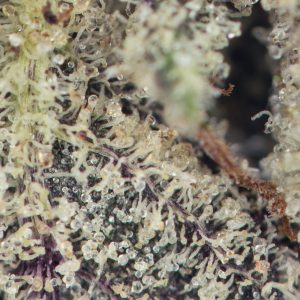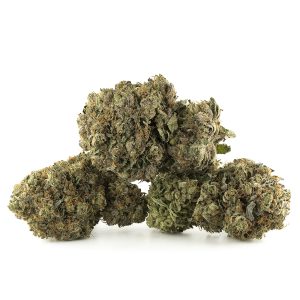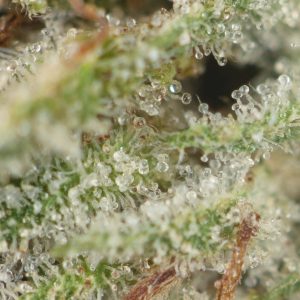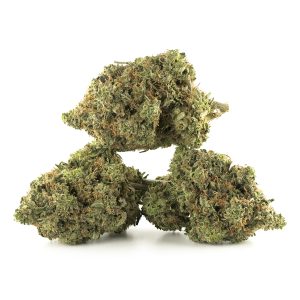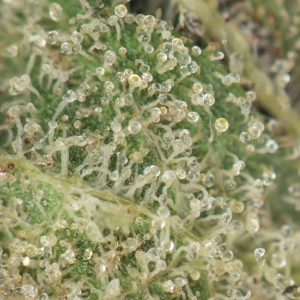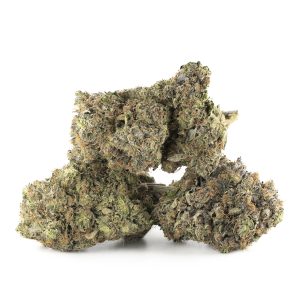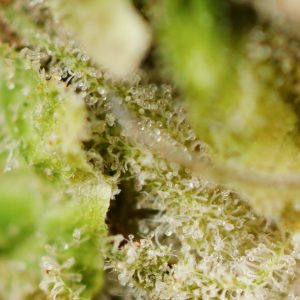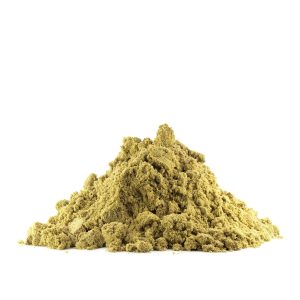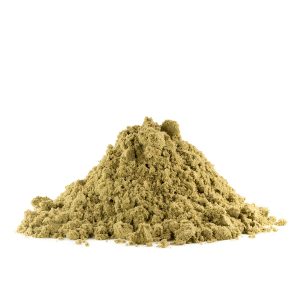DEAL
DEAL
Halloween Sale
Showing 1–20 of 304 results
DEAL
DEAL
Halloween Sale
$99.99 or Less
$99.99 or Less
$99.99 or Less
$99.99 or Less
Indica
AAA+ Cannabis
AAA+ Cannabis
AA+ Cannabis
AAA+ Cannabis
Hybrid
AAA+ Cannabis
Indica
AAA+ Cannabis
AAA+ Cannabis
Halloween Sale
DEAL
Halloween Sale
Bulk
Green Society provides only top-quality Indica, Hybrid, and Sativa medical cannabis. All of our Green Room and Top-Shelf Collection strains are chosen through a strict process to ensure all of your cannabis needs are met at high standards. Our medical cannabis specialists love and take pride in everything they do in the cannabis industry to provide the best experience for everyone else. Along with the many THC products we provide, we carry a wide selection of CBD products. CBD comes in many forms such as capsules, edibles, e-juice, tears, tinctures, and even CBD for your pet! Our continuously growing menu of concentrates is filled with tears, shatter, extracts, live resin, distillates ,and HTFSE (High Terpene Full Spectrum Extracts). Everything is created with high safety procedures to always extract the highest degree of quality. All of Green Society’s cannabis-infused edibles are created with a strict food production procedure. The cannabis-infused edibles come in many varieties such as candies, chocolates, and more. The edibles come in manageable sizes making it easy to dose and storage. We provide many vape pens from disposable to vapes with re-chargeable batteries, as well as kits and cartridges varying with many strains.

